University of Pennsylvania – Vagelos Laboratory for Energy Science and Technology
Behnisch Architekten’s Vagelos Laboratory for Energy Science and Technology in Philadelphia redefines campus connectivity, emphasizing sustainability and collaboration through innovative design and high-performance energy solutions.
The Vagelos Laboratory for Energy Science and Technology (VLEST) at the University of Pennsylvania is a newly completed research facility focused on sustainable energy, uniting scientists, policymakers, and students to drive progress in the field. Located on the eastern edge of the campus, the project transforms a former parking lot into a pedestrian-friendly gateway that raises public awareness of the critical role energy research plays in combating climate change.
The VLEST is designed to serve as a gateway to the campus, bridging the height difference between Walnut and 32nd Streets. It introduces a plaza deck, creating a pedestrian link between Walnut Street and the Palestra, the university’s historic basketball arena, while also connecting with Shoemaker Green. The building features a courtyard with bio-retention swales and native plants, emphasizing its commitment to sustainability. The architectural design reflects the facility’s energy-conscious mission, integrating passive and technical innovations to optimize energy performance.
The building includes high-performance labs, office spaces, and collaboration areas, with double-height spaces fostering interaction. The labs are strategically placed along the eastern facade, offering views of the Schuylkill River.
The building incorporates a range of passive design strategies, such as operable windows for natural ventilation and a high-efficiency heat recovery system to reduce energy use.
Sustainability is central to the design, which has achieved LEED Platinum certification. The building is divided into low and high-energy zones to optimize HVAC systems and passive strategies. Additionally, radiant heating and cooling systems ensure occupant comfort, and an automated Aircuity system adjusts air flow based on environmental conditions. The building’s energy strategy contributes to the university’s carbon neutrality goal by 2042.
With innovative sunshades designed with advanced materials and a commitment to circularity, the VLEST demonstrates how architecture can support sustainable energy research while fostering collaboration and environmental stewardship.
Design: Behnisch Architekten
Photography: Brad Feinknopf

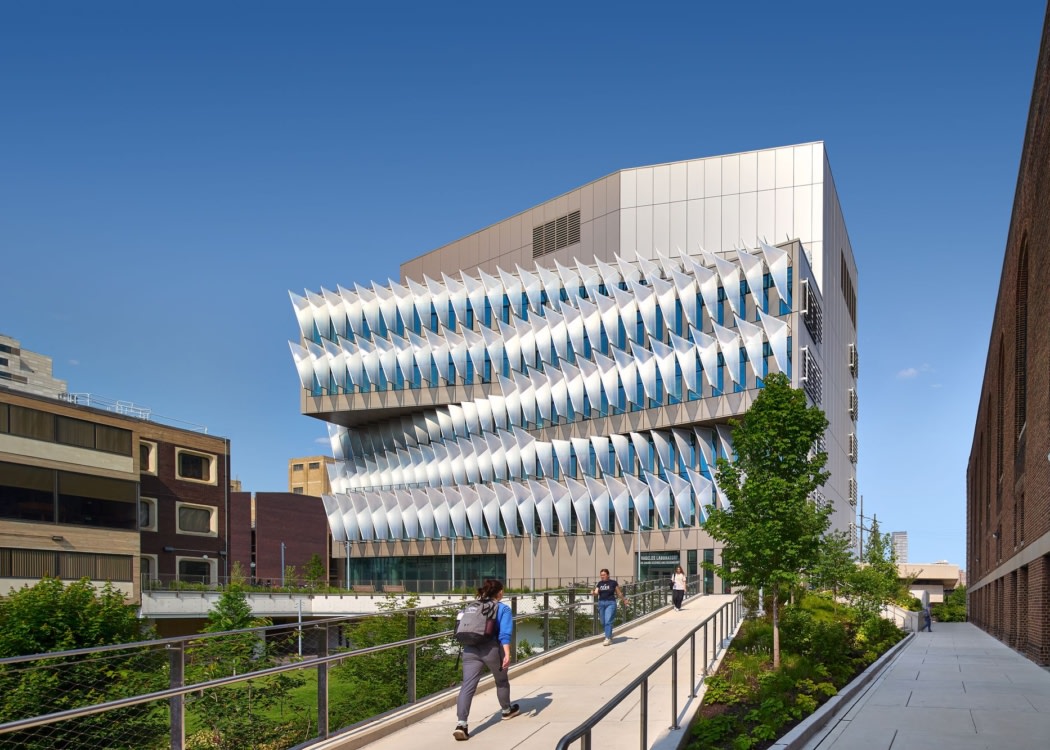
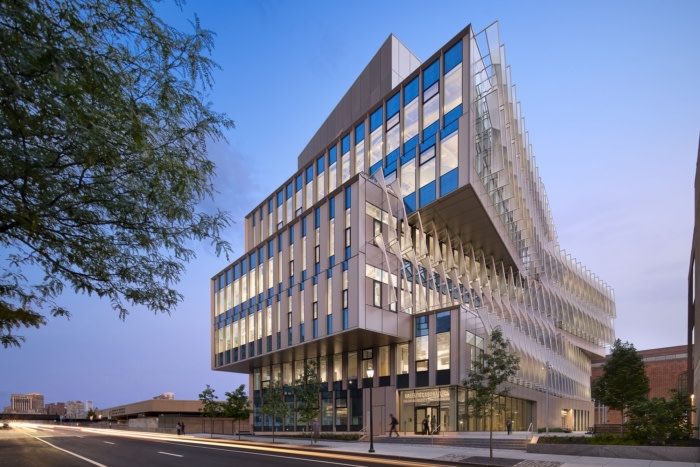
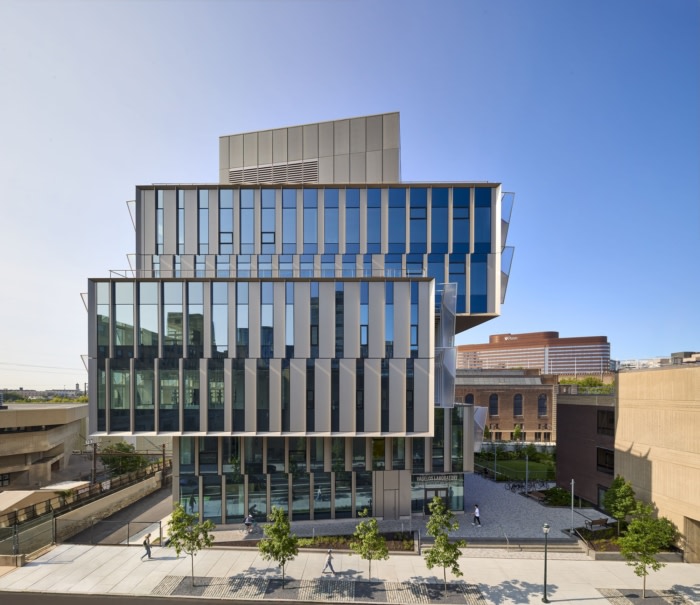
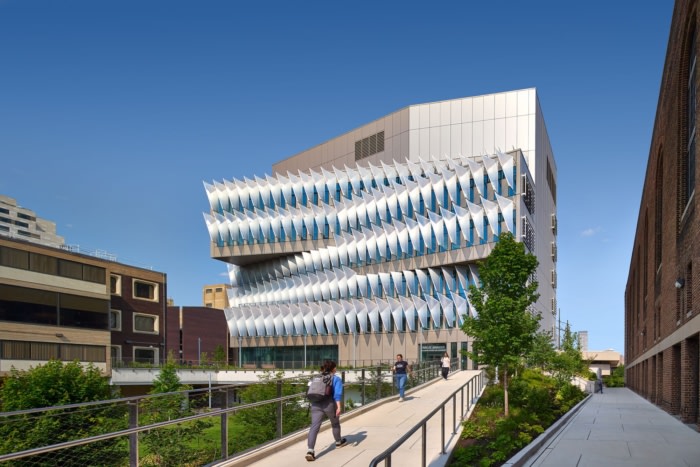
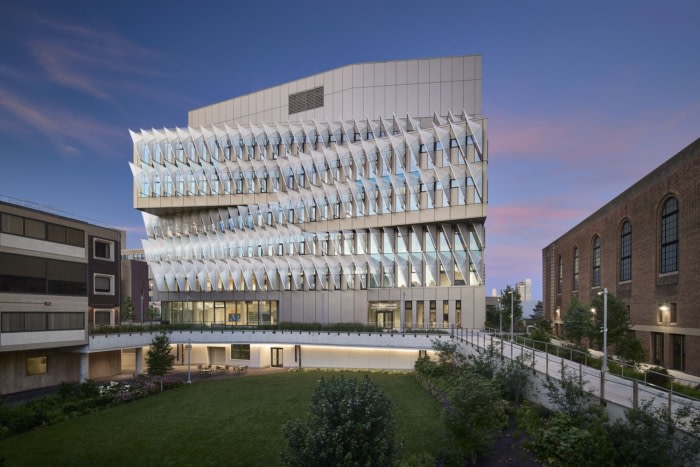
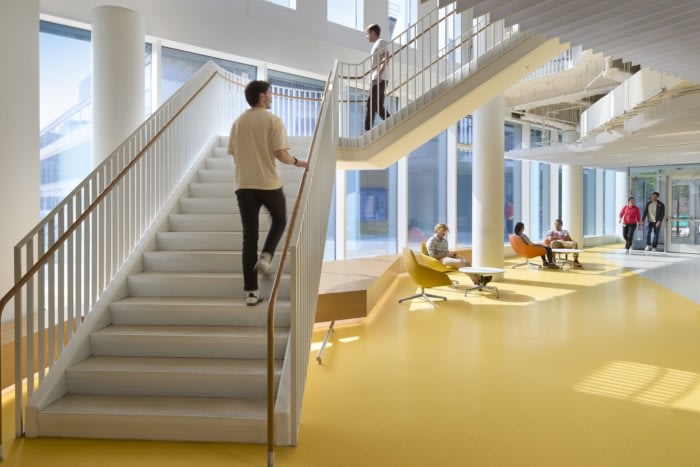
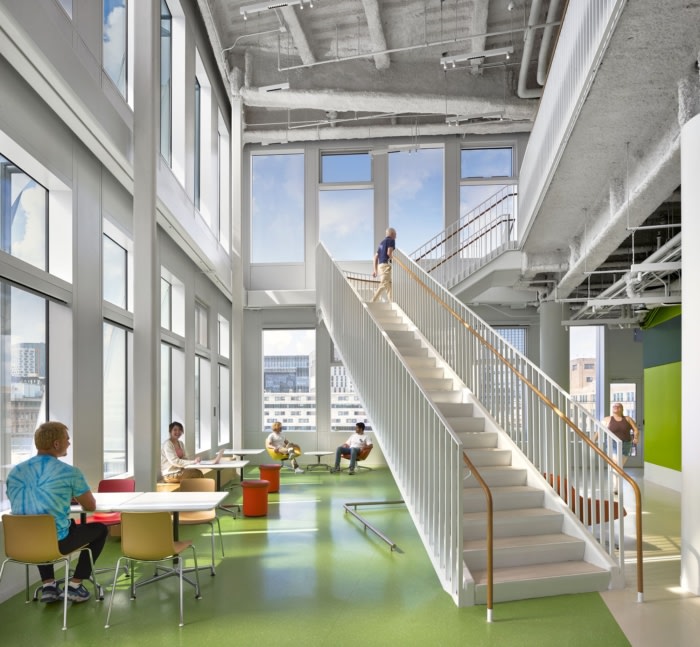
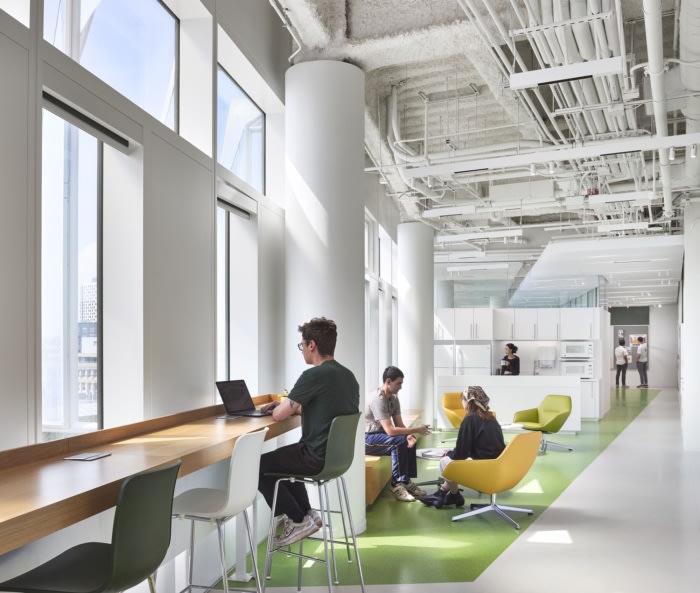
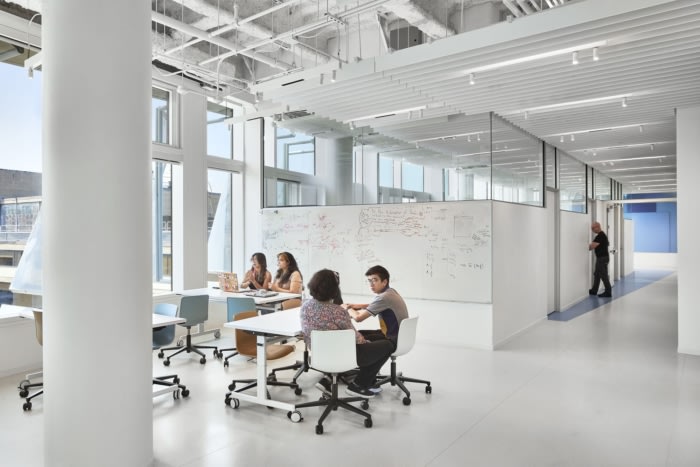
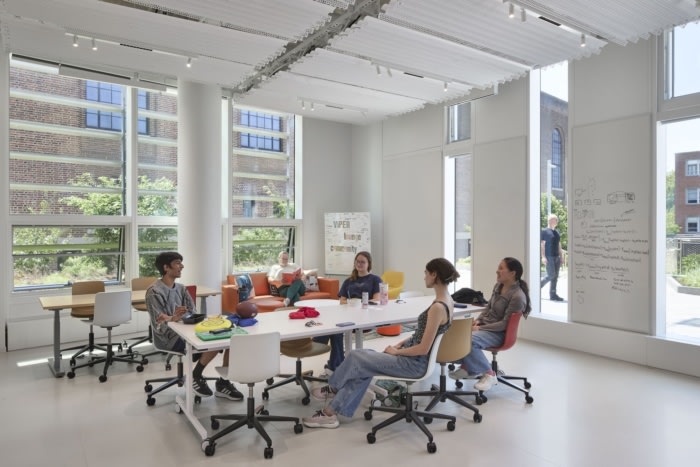
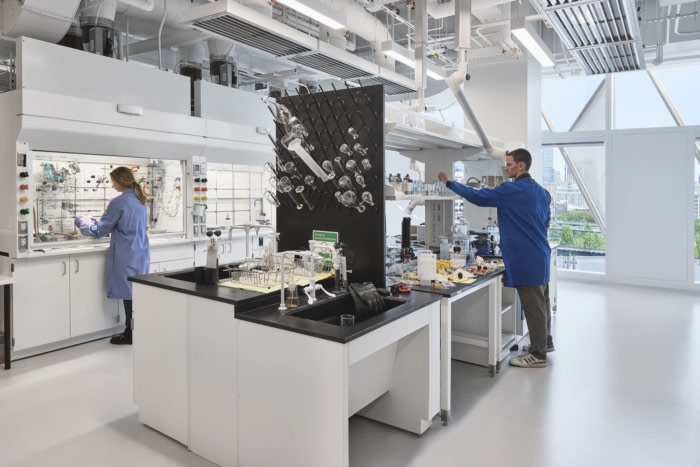
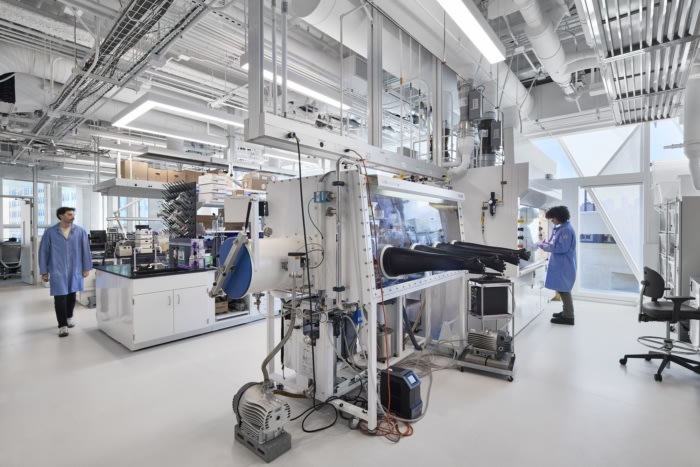
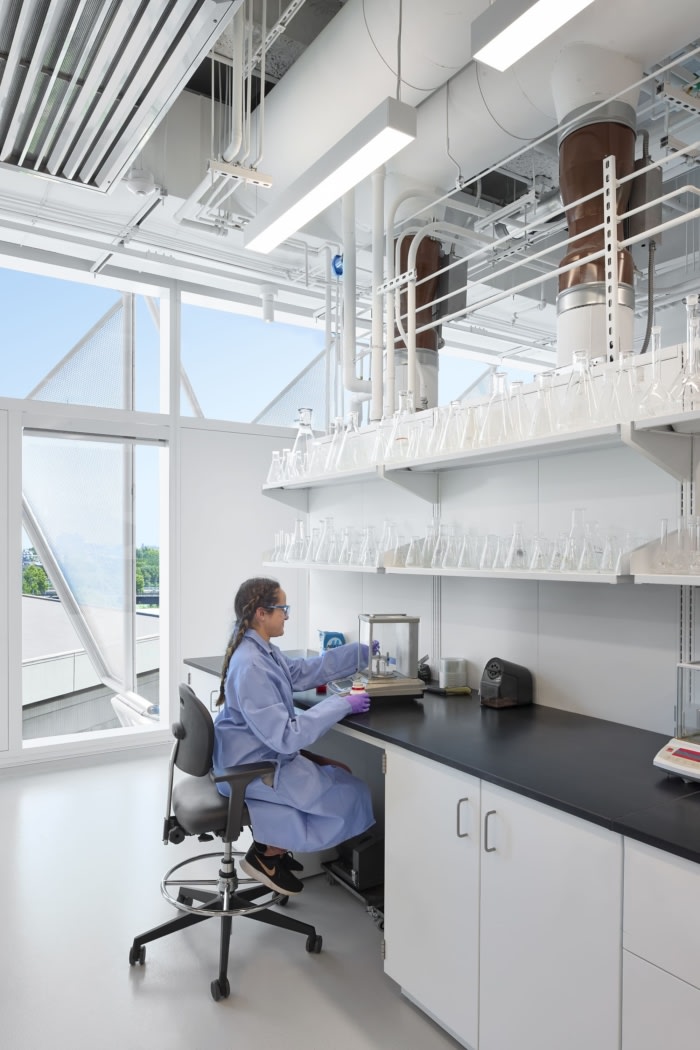

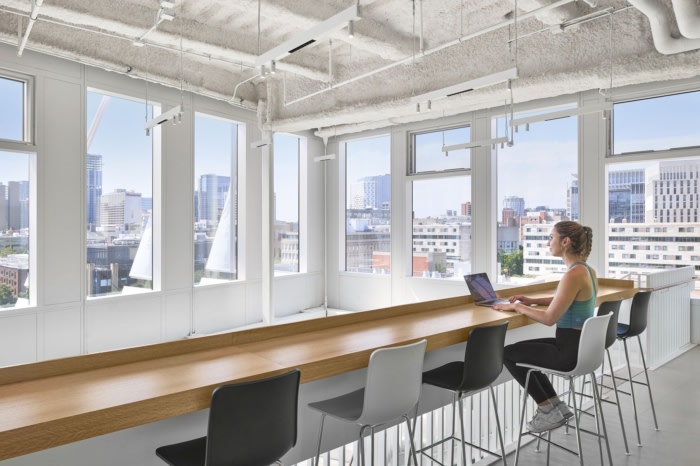
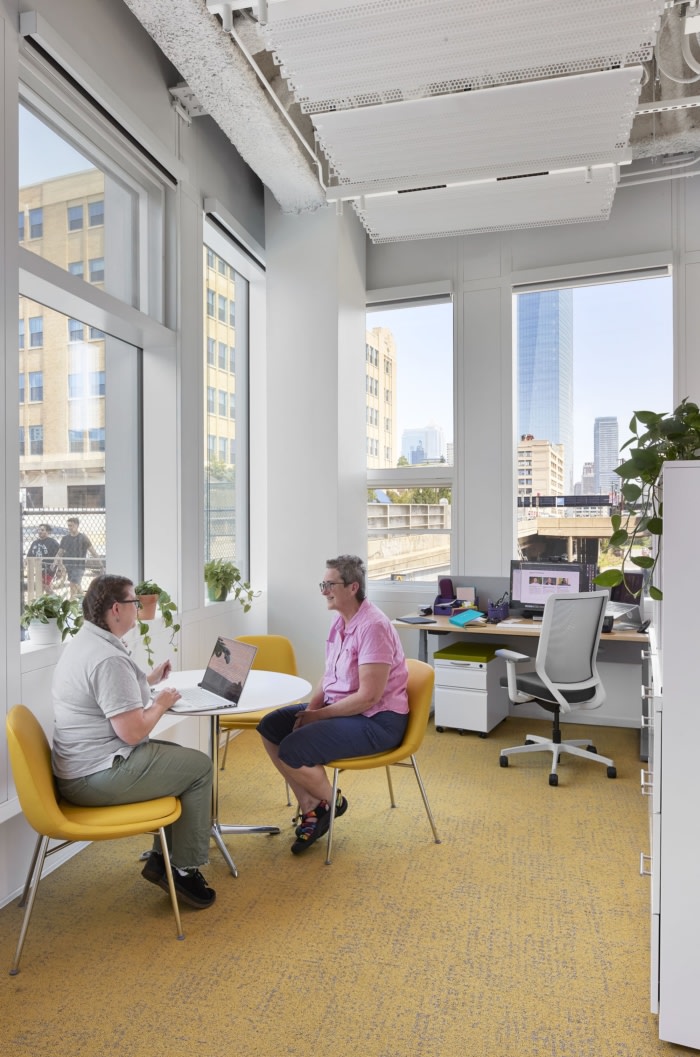
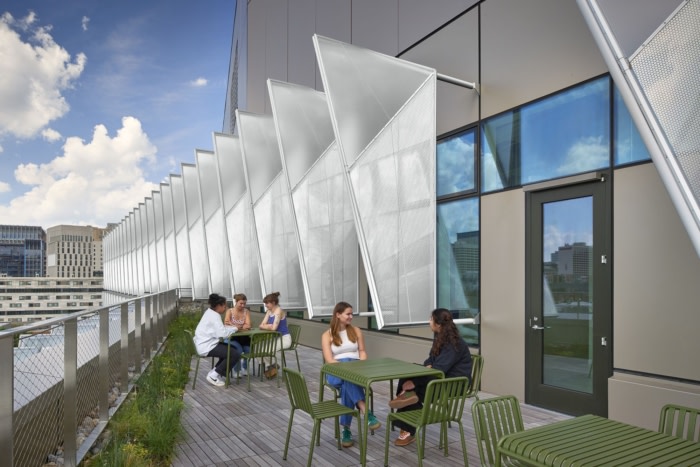
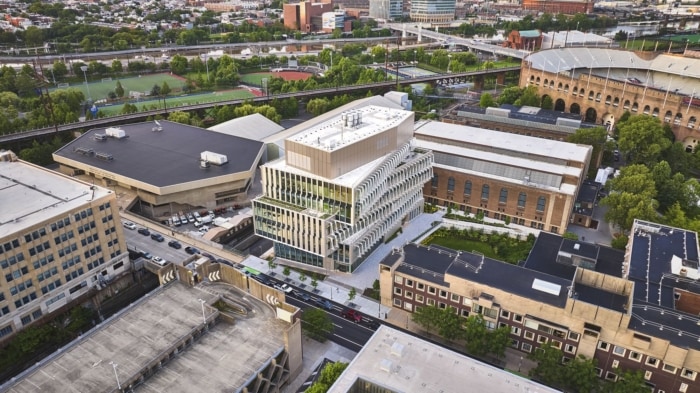





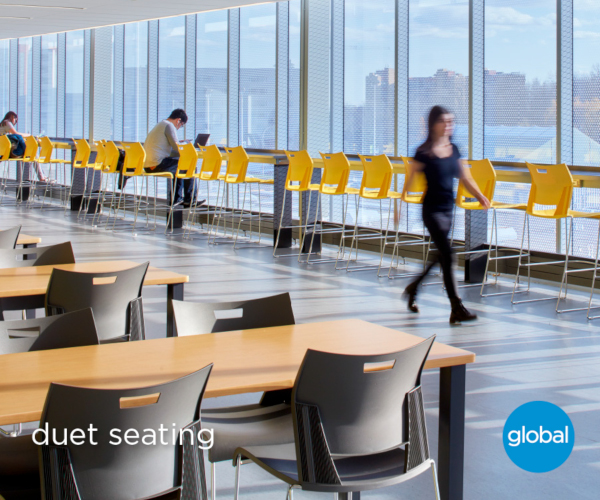



Now editing content for LinkedIn.